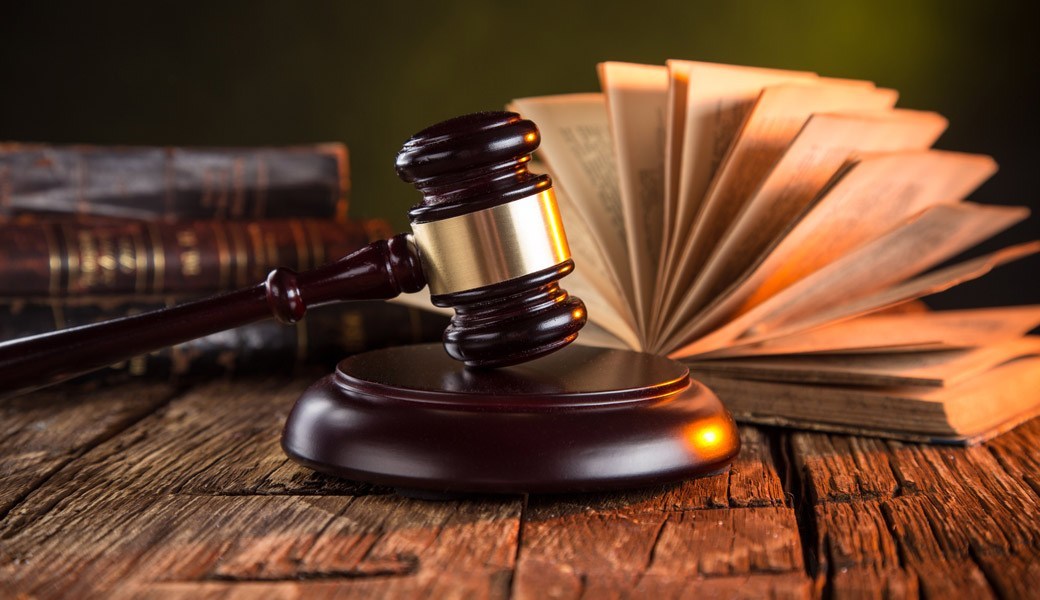In the hallowed halls of justice, the courtroom stands as the crucible where legal conflicts are resolved, rights are defended, and the rule of law prevails. The court, with https://bitcointipsblog.com/ its solemn proceedings and rigorous adherence to legal principles, is the epicenter of the judicial system, serving as a beacon of fairness, equity, and the pursuit of truth.
I. The Theatre of Justice
The courtroom is more than a physical space; it is a theatre of justice where legal battles unfold. Within its confines, litigants, attorneys, judges, and jurors come together to navigate the intricacies of the law. This sacred arena is where disputes are aired, evidence is presented, and the merits of each case are scrutinized with the utmost diligence.
II. The Adjudicator’s Bench
At the heart of the courtroom sits the adjudicator—the judge. Endowed with the responsibility of interpreting and applying the law, judges are impartial arbiters who ensure that legal proceedings adhere to established rules. Their decisions, rooted in legal precedent and statutes, carry the weight of authority and shape the course of justice.
III. Advocacy in Action: Lawyers at the Forefront
Lawyers, the architects of legal strategy, are the protagonists in the courtroom drama. Whether representing plaintiffs or defendants, their advocacy skills come to the fore as they present arguments, examine witnesses, and navigate the procedural intricacies that characterize legal proceedings. The courtroom is their battleground, and persuasion their weapon of choice.
IV. The Crucible of Evidence
Central to any courtroom proceeding is the presentation and evaluation of evidence. From witness testimonies to documentary proof, the court meticulously weighs https://cryptosuccessful.com/ the substance of each piece of evidence. The crucible of the courtroom demands that only the most credible and relevant information shapes the narrative that guides the decision-making process.
V. The Jury’s Deliberation: Peers in Judgment
In cases where a jury is involved, ordinary citizens become the peers in judgment. The courtroom transforms into a deliberative space where jurors, guided by the evidence presented and legal instructions from the judge, collectively determine the outcome of a case. The jury system reflects the democratic principles inherent in the justice system.
VI. Due Process: Safeguarding Fairness
Central to the courtroom ethos is the concept of due process—a commitment to fair and impartial proceedings. The court ensures that every litigant is afforded the opportunity to be heard, present their case, and confront opposing arguments. This commitment to due process upholds the integrity of the justice system.
VII. Beyond Adversity: The Role of Alternative Dispute Resolution
While the courtroom is the traditional battleground for legal conflicts, alternative dispute resolution mechanisms, such as mediation and arbitration, offer avenues for resolving disputes outside the adversarial setting. These alternative methods emphasize collaboration, compromise, and a swifter resolution of conflicts.
In the tapestry of the legal system, the courtroom stands as a symbol of justice, where the rights of individuals are vindicated, and disputes find resolution. It is a space where the principles of law, advocacy, and fairness converge to shape the destiny of those who seek redress. As the heartbeat of the judicial system, the courtroom continues to evolve, ensuring that justice remains not just a concept but a tangible reality for all.





